Themed collection New memory paradigms: memristive phenomena and neuromorphic applications

Correction: RRAM-based synapse devices for neuromorphic systems
Poster list
List of participants
Preface
Ilia Valov and Philip Bartlett introduce the Faraday Discussion volume on New memory paradigms: memristive phenomena and neuromorphic applications.

Faraday Discuss., 2019,213, 9-10
https://doi.org/10.1039/C9FD90001B
Introduction to new memory paradigms: memristive phenomena and neuromorphic applications
This article provides a brief introduction to the Faraday Discussion “New memory paradigms: memristive phenomena and neuromorphic applications” held in Aachen, Germany, 15–17 October 2018.
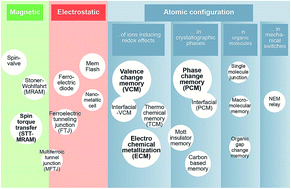
Faraday Discuss., 2019,213, 11-27
https://doi.org/10.1039/C8FD90058B
Summary of the Faraday Discussion on New memory paradigms: memristive phenomena and neuromorphic applications
The Faraday Discussion on New memory paradigms: memristive phenomena and neuromorphic systems was held from October 15–17 on the campus of the Rheinisch-Westfälische Technische Hochschule Aachen University, or RWTH Aachen University, under the auspices of the Royal Society of Chemistry.
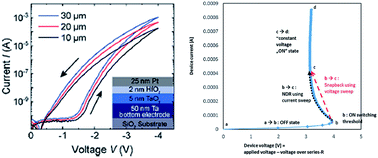
Faraday Discuss., 2019,213, 579-587
https://doi.org/10.1039/C8FD90061B
Spike sorting using non-volatile metal-oxide memristors
We demonstrate how the intrinsic analogue programmability of memristive devices can be exploited to perform spike-sorting on single devices.

Faraday Discuss., 2019,213, 511-520
https://doi.org/10.1039/C8FD00130H
RRAM-based synapse devices for neuromorphic systems
We demonstrated a proton-based 3-terminal synapse device which shows symmetric conductance change characteristics. Using the optimized device, we successfully confirmed the improved classification accuracy of neural networks for on-chip training.

Faraday Discuss., 2019,213, 421-451
https://doi.org/10.1039/C8FD00127H
Impact of radiation induced crystallization on programmable metallization cell electrical characteristics and reliability
Chalcogenide-based, programmable metallization cells (PMC) cells have been characterized after exposure to increasing levels of absorbed dose (i.e., ionizing radiation exposure).
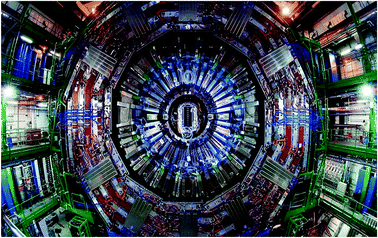
Faraday Discuss., 2019,213, 53-66
https://doi.org/10.1039/C8FD00125A
Exploiting nanoscale effects in phase change memories
Nano-confined phase change memory cells based on pure Sb have been electrically characterized.

Faraday Discuss., 2019,213, 357-370
https://doi.org/10.1039/C8FD00119G
Priming effects in the crystallization of the phase change compound GeTe from atomistic simulations
Molecular dynamics simulations provide insights into the priming effects in the crystallization of the phase change compound GeTe.
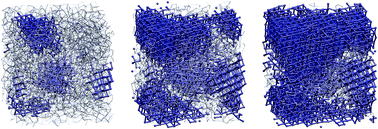
Faraday Discuss., 2019,213, 287-301
https://doi.org/10.1039/C8FD00101D
Synaptic dynamics in complex self-assembled nanoparticle networks
We report a detailed study of neuromorphic switching behaviour in inherently complex percolating networks of self-assembled metal nanoparticles.
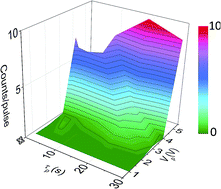
Faraday Discuss., 2019,213, 471-485
https://doi.org/10.1039/C8FD00109J
Interfacial redox processes in memristive devices based on valence change and electrochemical metallization
We show direct evidence for interfacial redox reactions in memristive devices based on both valence change and electrochemical metallization mechanisms.
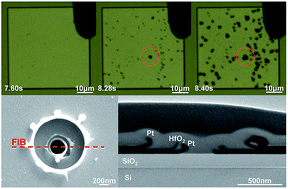
Faraday Discuss., 2019,213, 41-52
https://doi.org/10.1039/C8FD00113H
Impact of oxide and electrode materials on the switching characteristics of oxide ReRAM devices
We compare SiOx and HfO2 ReRAM technologies with fixed C and Ti electrodes to understand the role played by the switching layer.

Faraday Discuss., 2019,213, 87-98
https://doi.org/10.1039/C8FD00106E
Spectroscopic elucidation of ionic motion processes in tunnel oxide-based memristive devices
Operando photoelectron spectroscopy of memristive devices indicates a reversible shift of oxygen during biasing which proceeds even after device breakdown.
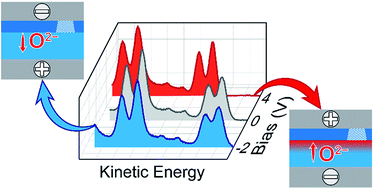
Faraday Discuss., 2019,213, 215-230
https://doi.org/10.1039/C8FD00108A
The ultimate switching speed limit of redox-based resistive switching devices
In this work, the ultimate switching speed limit of redox-based resistive switching devices is discussed. Based on a theoretical analysis of the underlying physical processes, it is derived that the switching speed is limited by the phonon frequency.
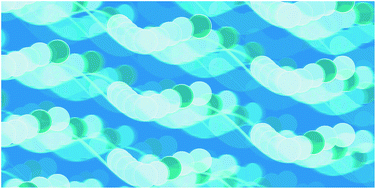
Faraday Discuss., 2019,213, 197-213
https://doi.org/10.1039/C8FD00117K
Neuromorphic computation with spiking memristors: habituation, experimental instantiation of logic gates and a novel sequence-sensitive perceptron model
This paper presents rules based on the physical behaviour of the device to instantiate logic gates for further computation and a method of understanding the memristor’s operation as a type of non-linear, sequence-sensitive perceptron.
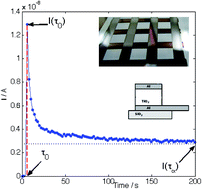
Faraday Discuss., 2019,213, 521-551
https://doi.org/10.1039/C8FD00111A
Chemically addressed switching measurements in graphene electrode memristive devices using in situ XPS
In situ measurements using XPS were performed on Pt/TiO2/TiOx/graphene structures to chemically address switching and hysteresis.
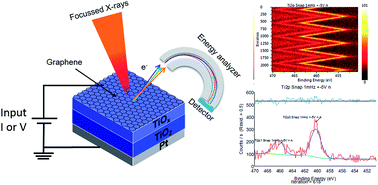
Faraday Discuss., 2019,213, 231-244
https://doi.org/10.1039/C8FD00129D
Ab initio phase diagrams of Hf–O, Zr–O and Y–O: a comparative study
We present phase diagrams of binary oxides, Hf–O, Zr–O and Y–O, obtained by ab initio evolutionary simulations, in order to explore possible metastable crystalline suboxide structures which could be quenched during the electroforming processes within the conductive filaments in stoichiometric HfO2, ZrO2 and Y2O3 host materials, in resistive switching devices.

Faraday Discuss., 2019,213, 321-337
https://doi.org/10.1039/C8FD00104A
Towards a 3D GeSbTe phase change memory with integrated selector by non-aqueous electrodeposition
The design and fabrication of a 2D passive phase change memory matrix by non-aqueous electrodeposition of confined Ge–Sb–Te cells.
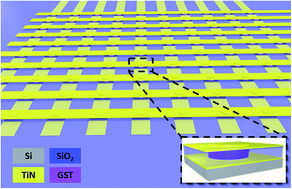
Faraday Discuss., 2019,213, 339-355
https://doi.org/10.1039/C8FD00126J
Local crystallographic shear structures in a[201] extended mixed dislocations of SrTiO3 unraveled by atomic-scale imaging using transmission electron microscopy and spectroscopy
Atomic details of extended mixed dislocations in a SrTiO3 bicrystal are studied using scanning transmission electron microscopy, electron energy loss spectroscopy, and energy dispersive X-ray spectroscopy techniques.
![Graphical abstract: Local crystallographic shear structures in a[201] extended mixed dislocations of SrTiO3 unraveled by atomic-scale imaging using transmission electron microscopy and spectroscopy](/en/Image/Get?imageInfo.ImageType=GA&imageInfo.ImageIdentifier.ManuscriptID=C8FD00102B&imageInfo.ImageIdentifier.Year=2019)
Faraday Discuss., 2019,213, 245-258
https://doi.org/10.1039/C8FD00102B
Training fully connected networks with resistive memories: impact of device failures
This paper explores the impact of device failures, NVM conductances that may contribute read current but which cannot be programmed, on DNN training and test accuracy.
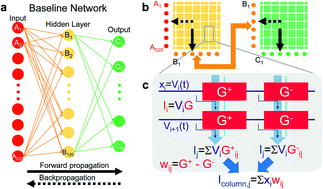
Faraday Discuss., 2019,213, 371-391
https://doi.org/10.1039/C8FD00107C
Structural transition pathway and bipolar switching of the GeTe–Sb2Te3 superlattice as interfacial phase-change memory
We investigated the resistive switching mechanism between the high-resistance state (HRS) and the low-resistance state (LRS) of the GeTe–Sb2Te3 (GST) superlattice.

Faraday Discuss., 2019,213, 303-319
https://doi.org/10.1039/C8FD00093J
A neuromorphic systems approach to in-memory computing with non-ideal memristive devices: from mitigation to exploitation
In this paper, we present a spiking neural network architecture that supports the use of non-ideal memristive devices as synaptic elements and propose mixed-signal analog-digital interfacing circuits to mitigate/exploit such non-idealities for neuromorphic computation.
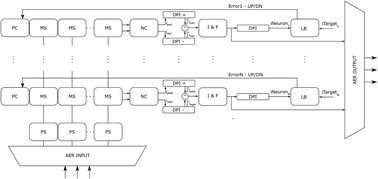
Faraday Discuss., 2019,213, 487-510
https://doi.org/10.1039/C8FD00114F
Computing of temporal information in spiking neural networks with ReRAM synapses
This work addresses the methodology and implementation of a neuromorphic SNN system to compute the temporal information among neural spikes using ReRAM synapses capable of spike-timing dependent plasticity (STDP).
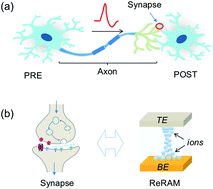
Faraday Discuss., 2019,213, 453-469
https://doi.org/10.1039/C8FD00097B
The interplay between structure and function in redox-based resistance switching
We report a study of the relationship between oxide microstructure at the scale of tens of nanometres and resistance switching behaviour in silicon oxide.
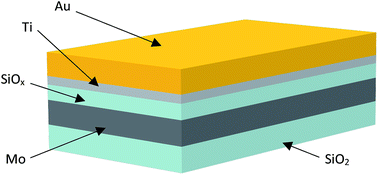
Faraday Discuss., 2019,213, 151-163
https://doi.org/10.1039/C8FD00118A
Bio-inspired protonic memristor devices based on metal complexes with proton-coupled electron transfer
A new type of memristor inspired by bio-membranes is presented, based on the proton movement resulting from proton-coupled electron transfer (PCET) processes in dinuclear Ru complexes, whereby a two-terminal device based on said Ru complexes and a proton-conducting polymer was constructed as a proof-of-concept.
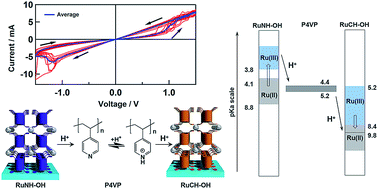
Faraday Discuss., 2019,213, 99-113
https://doi.org/10.1039/C8FD00098K
Key material parameters driving CBRAM device performances
This study is focused on Conductive Bridging Random Access Memory (CBRAM) devices based on chalcogenide electrolyte and Cu-supply materials, and aims at identifying the key material parameters controlling memory properties.
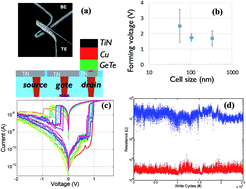
Faraday Discuss., 2019,213, 67-85
https://doi.org/10.1039/C8FD00115D
On the universality of the I–V switching characteristics in non-volatile and volatile resistive switching oxides
In this paper, we want to review the correlation between filamentary (width) switching and the (SET) I–V characteristics by discussing the existing models.

Faraday Discuss., 2019,213, 183-196
https://doi.org/10.1039/C8FD00116B
Electrochemically prepared oxides for resistive switching memories
Electrochemically grown anodic oxides of different compositions and properties were tested as solid electrolytes for resistive switching memories.
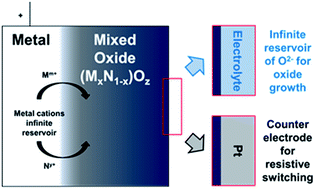
Faraday Discuss., 2019,213, 165-181
https://doi.org/10.1039/C8FD00112J
Resistivity control by the electrochemical removal of dopant atoms from a nanodot
Here, we propose a technique, based on the electrochemical potential of dopant atoms in a material, that enables the dynamic control of the number of dopant atoms through the application of bias to the material.
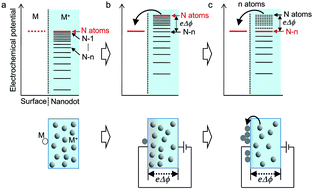
Faraday Discuss., 2019,213, 29-40
https://doi.org/10.1039/C8FD00099A
Synaptic and neuromorphic functions: general discussion
Faraday Discuss., 2019,213, 553-578
https://doi.org/10.1039/C8FD90065E
Phase-change memories (PCM) – Experiments and modelling: general discussion
Faraday Discuss., 2019,213, 393-420
https://doi.org/10.1039/C8FD90064G
Valence change ReRAMs (VCM) - Experiments and modelling: general discussion
Faraday Discuss., 2019,213, 259-286
https://doi.org/10.1039/C8FD90057D
Electrochemical metallization ReRAMs (ECM) - Experiments and modelling: general discussion
Faraday Discuss., 2019,213, 115-150
https://doi.org/10.1039/C8FD90059K
About this collection
We are delighted to share with you a selection of the papers which will be presented at our Faraday Discussion on New Memory Paradigms: Memristive Phenomena and Neuromorphic Applications taking place in Aachen, Germany in October 2018. More information about the event may be found here: http://rsc.li/memristors-fd2018. Additional articles will be added to the collection as they are published. The final versions of all the articles presented and a record of the live discussions will be published after the event.
Atomically scaled “smart” devices, artificial intelligence, neuromorphic functions, alternative logic operations and computing, new memory storage paradigms, ultra-fast/bio-inspired/flexible/transparent/energy-efficient nanoelectronics – these contemporary concepts are driving forces for progressive development of science and technology, mirroring society expectations and solving its problems. Inspired by the concept of the memristor (memory resistor), Redox-based resistive switching Random Access Memories (ReRAM) and Phase Change Memories (PCM) are thought capable of all these operations and functionalities. In addition, researchers aim to use these memristive systems to enable fundamental properties of life, including order, plasticity, response to stimuli, metabolism, homeostasis, growth, heredity or reproduction, based on functionalities of biological systems.
Despite the attractiveness and apparent simplicity of the ReRAM/PCM concepts, it is challenging to experimentally approach and theoretically describe the nanoscale systems. The small dimensions lead to difficulties in distinguishing experimental signals from noise and show inevitable deviations from the classical macroscopic thermodynamic description, transport properties and stability. Joint efforts by experts in physics, chemistry, biology, materials science, computing and engineering are essential to understand the systems’ behaviour and to formulate general design rules.
The Faraday Discussion will bring together experts in a field of research which represents one of the hottest multidisciplinary topics, including major players from the computer and nanoelectronics industry, leading academic research groups in physics, chemistry, materials science, thin film technology, device engineering, computer science, neurology and brain-research and logic, and neuromorphic circuit engineering. It will discuss the fundamentals as well as specific demands and limitations in e.g. materials selection, processing, suitable model systems, technical requirements and the potential device applications, providing a bridge for terminologies, theories, models and applications.